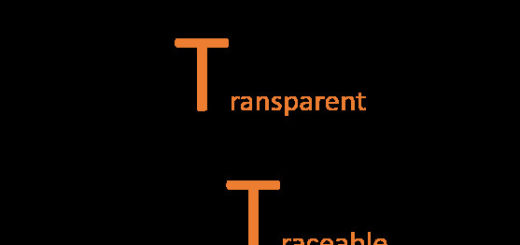A new paradigm for business
 Businesses need to source four kinds of inputs to bring valuable products and services to the market: intellectual, financial, physical and human inputs. Once a product is made with these inputs, it is sold (hopefully) to paying customers.
Businesses need to source four kinds of inputs to bring valuable products and services to the market: intellectual, financial, physical and human inputs. Once a product is made with these inputs, it is sold (hopefully) to paying customers.
Traditional view
Until the turn of the century, inputs were typically aggregated inside corporate structures. Companies generally believed that the best way to generate intellectual assets was via in-house R&D, the best way to raise finance was via organized equity and debt markets, the best way to organize physical infrastructure was to own assets and that the best way to acquire skills and talent was to hire people as full-time employees. Sourcing of business inputs was concentrated.
Once the product was created, it was sold either to large entities (in B2B markets) or in the case of B2C markets, to large aggregates of consumers, i.e. segments. Segmentation was necessary since it was impossible to sell to millions or billions of consumers individually. Demand needed to be aggregated in order to be served.
A brave new world
Barely fifteen years into the new millennium, we are forced to re-examine almost all of these “givens”. Globalization and technology are forcing businesses to contend with a dispersion of input sources and a disaggregation of demand. Some of the most innovative businesses today are sourcing inputs from dispersed crowds (instead of in-house or from large suppliers) and selling directly to millions of individuals, not to aggregated clusters or “segments”.
Sourcing from crowds
Today, the cheapest or the best way to source ideas, people, finance or assets may not be in-house or with any one supplier. Companies have to be humble enough to acknowledge that the collective intelligence and efficiency of the crowd can outperform theirs.
Crowds today are doing customer service (through peer-to-peer networks), R&D (through expert networks), generating and improving upon product ideas (through real-time, online channels) and generating funds through lending networks and crowdfunding platforms.
Similarly, businesses are increasingly using outsourced providers (cloud-based or otherwise) for IT infrastructure and software (i.e. via IaaS, PaaS and SaaS), and reducing the need for physical offices via connected networks. Outsourcing of manufacturing is no longer new, and with the maturing of technologies like IoT and 3-D printing, manufacturing could be further disaggregated and possibly even crowdsourced in the future!
Selling to individuals
As Seth Godin has noted, the old “TV-industrial complex” is being dismantled. Marketing has gone from analog to digital, from broadcast to interactive and from segmented to individual. With e-commerce booming, even sales is being increasingly disintermediated and is going direct. With rapid advances being made in social listening, behavioral research and predictive analytics on an exponentially expanding consumer “digital footprint”, marketers can – and increasingly are – building their brands with each individual consumer one at a time over a series of brand interactions and carefully orchestrated usage experiences. What’s more, they are increasingly able and willing not only to tailor the marketing messages to the individual (segment of one marketing, as it is called) but even to customize the product or service to cater to the individual’s specific needs, i.e. mass customization.
A new paradigm
By now, we all realize that Uber, the world’s largest taxi company, owns no vehicles. Facebook, the world’s most popular media owner, creates no content. Alibaba, the most valuable retailer, has no inventory. And Airbnb, the world’s largest accommodation provider, owns no real estate.
How do we make sense of these businesses? The emerging conception of a business organization is one which is all about creating a platform that conceptualizes and orchestrates the delivery of value. If this is done well, the platform attracts both the resources it needs to make the product and the customers who will buy it. Network effects then kick in to scale up the platform and branding and user experience makes it sticky.
Many believe this new paradigm applies only to the Internet startups, the over the top (OTT) players and the “sharing economy” enthusiasts. But I think that to a lesser or greater degree, the dispersion of supply and the disaggregation of demand applies to the entire world of business. Business model innovations spawned by a globalized and connected world will create a totally new set of winners and losers, just as the industrial revolution did about 200 years ago.



Hi Chandan,
Surprisingly, I got your blog while doing my E-commerce market research project.
We met in the BD operation Manager Interview weeks ago. What makes me exciting is I am also a big fan of technology and promoter of technology to change consumers’ life. I believe a strategic direction involving technology sets up the company’s foundation to success for the next 5-10 year. For example, the air con supplier Haier started to build their cloud based 3D air con condition monitoring system 10 years ago, now they are able to track every single unit’s status and provide the fastest customer service in the market. Much ahead of competition, they became the biggest air con brand in China.
Back to your topic new paradigm, one interesting company I see is Salesforce. They provide a platform for other developers to design apps on top of their CRM functions. That’s why SFDC is highly customizable. It creates a community that groups customers, apps developers into an eco-system and event created a lot job opportunities.
Well…I am happy to discuss more with you. Feel free to contact me later. Cheers!